Shampoo Bar for Beginners
| Phase | Ingredient | Percent (%) | Weight (g) |
|---|---|---|---|
| Phase 1 | Coconut oil | 5 | 5 |
| Solid surfactant | 50 | 50 | |
| Cornstarch | 31 | 31 | |
| Phase 2 | Liquid surfactant | 10 | 10 |
| Citric acid | 2 | 2 | |
| Phase 3 | Preservative (cosgard) | 1 | 1 |
| Fragrance or essential oil | 1 | 1 |
If you are looking for an easy recipe to make your first solid shampoo bar, this post is for you. There is so much information online, so in this post I will explain the most important points. The recipe and the tutorial will guide you step by step to make your solid shampoo bar.
You have more formulas for: balancing shampoo bar, pourable shampoo bar, and you can also find formulas for solid conditioner bar, such as silky conditioner bar and solid conditioner bar naturally colored.
You can help support my website and channel through the “buy me a coffee” page.
Here is the link: https://www.buymeacoffee.com/diycosmetica
Your support helps me keep sharing here more information and more formulas.
A shampoo bar usually contains fine powders (the solid surfactants) so you will need a dust mask to avoid respiratory irritation.
This shampoo bar is suitable for straight, wavy, and curly hair. If your hair is very dry or coily, it will benefit from a more deep moisturizing shampoo, such as the shikakai shampoo bar. Please check this post here if you want to read about hair types and each type's needs.
This recipe makes 1 soap bar (100g). The basic shampoo bar will contain between 30% to 80% solid surfactant. In this recipe I’ve used Sodium Cocoyl Glutamate, which is a mild vegetable-based surfactant. It's an anionic surfactant. You can use Sodium Cocoyl Isethionate (SCI), Sodium Coco Sulfate (SCS) or Sodium Lauryl Sulfoacetate (SLSA).
For liquid surfactant it is recommended to use cocamidopropyl betaine which is naturally-derived and helps to increase the mildness of the bar.
Coconut oil is a good option to add to a shampoo bar but it is not mandatory, I do recommend adding oil or butter to the bar, it will make a much more hydrating bar and even greasy hair can benefit from coconut oil in hair products, If you don’t want any oils in your shampoo bar you can replace the coconut oil with liquid surfactants, using a total of 15g liquid surfactant in the bar and no oils.
Cornstarch is a very available ingredient, but can be replaced with arrowroot powder or tapioca starch. The reason to add a starch is to help thicken the bar and also the starch helps to absorb excess oil from the hair. If you don’t want any starch in your shampoo bar you can replace it with solid surfactant, using a total of 80g of solid surfactants and no starch.
Since most surfactants have a high PH level I usually add 2g of citric acid to lower the PH level so that the PH level will be more hair friendly, which is between 4.5 to 5.5. The citric acid should be dissolved in a water base ingredient such as the liquid surfactant. In case you don’t have liquid surfactant you can replace it with aloe vera juice or distilled water, and dissolve the citric acid in the aloe vera juice or water.
Preservative is a must since the shampoo bar contains water ingredients and will be in touch with water in the shower. Vitamin E is not a preservative. There are many natural preservatives such as Preservative ECO, Cosgard, or Euxyl® K903. (check with your local supplier to find your preferred preservative). You need to check with your supplier the percentage of preservative you need to apply to your product. If you need to use 2% of your preservative, just subtract 1% from the liquid surfactant and use 2% of your chosen preservative in the shampoo bar. It is also important to choose a preservative that is suitable with this PH level of 4.5-5.5.
When you add fragrance or essential oil, make sure to search and confirm that the fragrance is suitable for a shampoo, some fragrances or essential oils can cause great irritation to the skin. If you want to be on the safe side start with essential oils such as lavender, tea tree oil, rosemary, or geranium.
The shampoo bar shelf life is 3-4 months.
I recommend heating the ingredients in phase A and B to create a paste, it will be easier to work with and also by melting the fatty acids we can obtain a harder bar (the fatty acids in the surfactants will reform after cooling down and will harden the bar).
A lot of people add clays to their shampoo bars, I don’t recommend adding clays to a shampoo bar, clays are very hard to preserve once in touch with water ingredients, so adding clays can cause contamination to the shampoo bar.
The basic formula should be: solid surfactant from 30% to 80%, so you can replace the starch with solid surfactant. Liquid surfactant would not be more than 20%. You can increase the fragrance oil or essential oil up to 2%. Once you make a basic bar, you can check out different recipes and play with your formulation to obtain a shampoo bar that fits your hair type.
If you want to color your shampoo bar you can add a little amount of mica powder, but if you want an all natural shampoo bar you can infuse oils with different ingredients and use the infused oil in the shampoo bar to obtain color in the bar. You can add hibiscus powder, amla powder, camomile powder, or rose petals powder to your bar (there are many botanicals that can be used in a shampoo bar), but take into consideration that with time oxidation will change the initial color of botanical powders that you add to the bar, also the PH level in the shampoo bar will change the colors of natural botanicals powders. There are many herbs you can add to a shampoo bar, make sure to use fine powders that will blend well in the shampoo bar.
You can add more emollients to your shampoo bar, such as waxes or butters, bare in mind that the more emollients you add the foaming abilities of the surfactants will decrease.
To use the shampoo bar, wet your hair and start by lathering the bar in your hands, then use it on your hair. A shampoo bar will last longer if you’ll keep it in a soap dish where it can dry in between uses.
Method:
- In a heat resistant beaker add the ingredients from phase A.
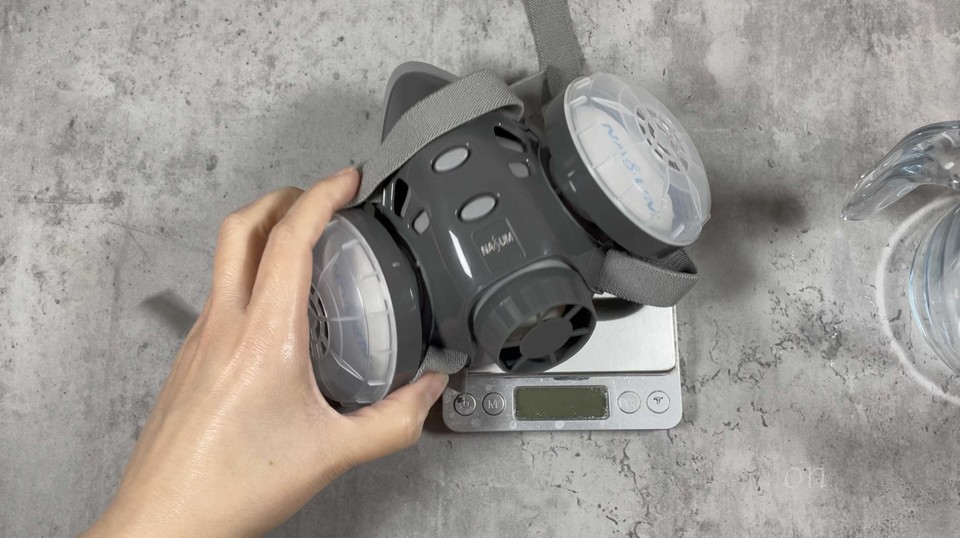
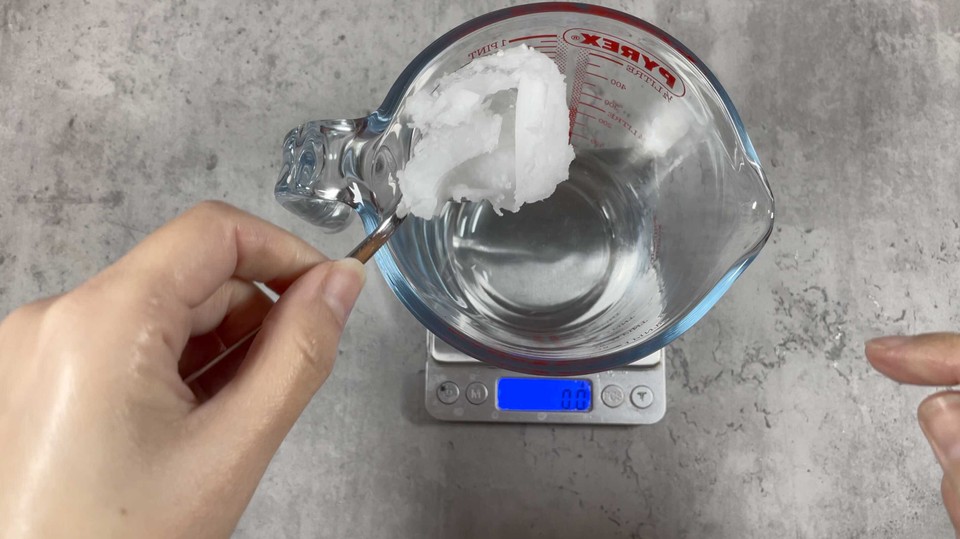
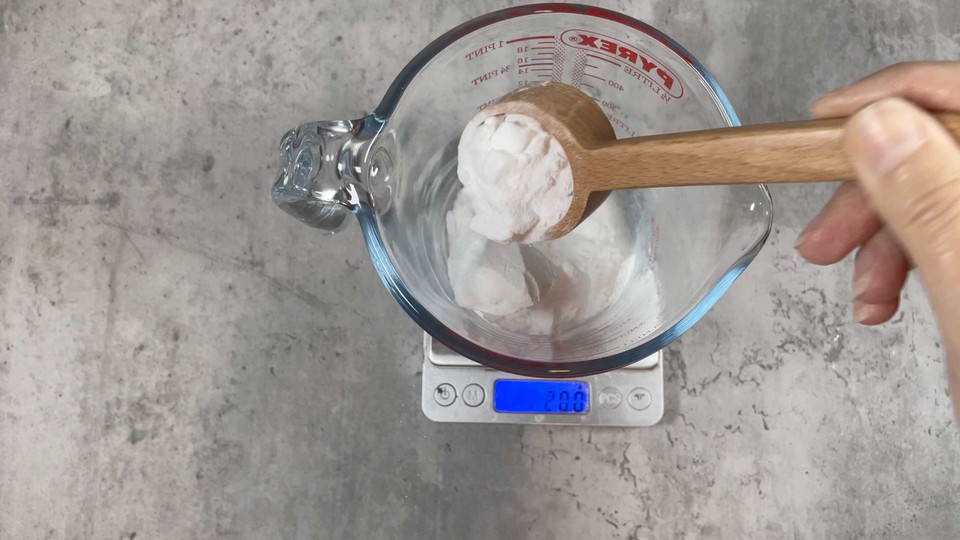
- Measure the ingredients from phase B, mix them to dissolve the citric acid completely and add them to phase A beaker.
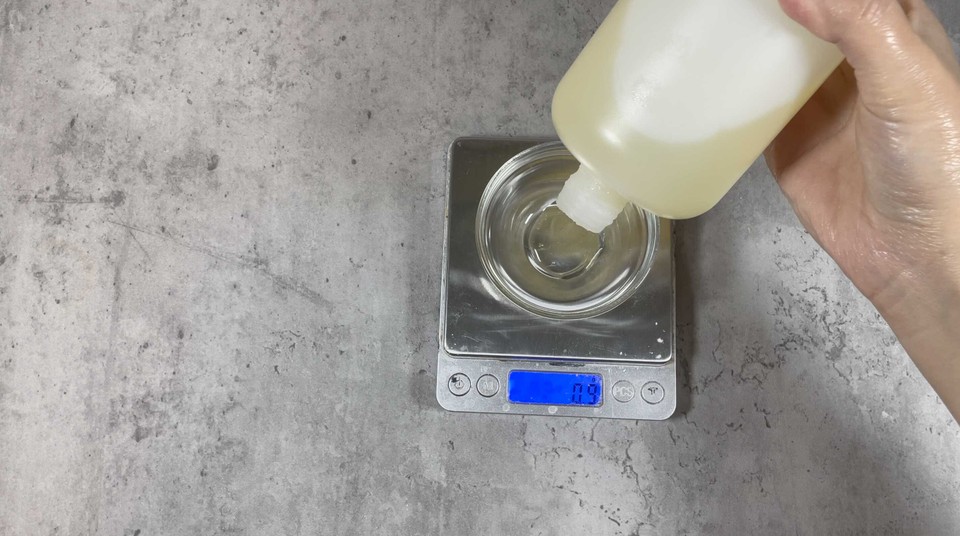
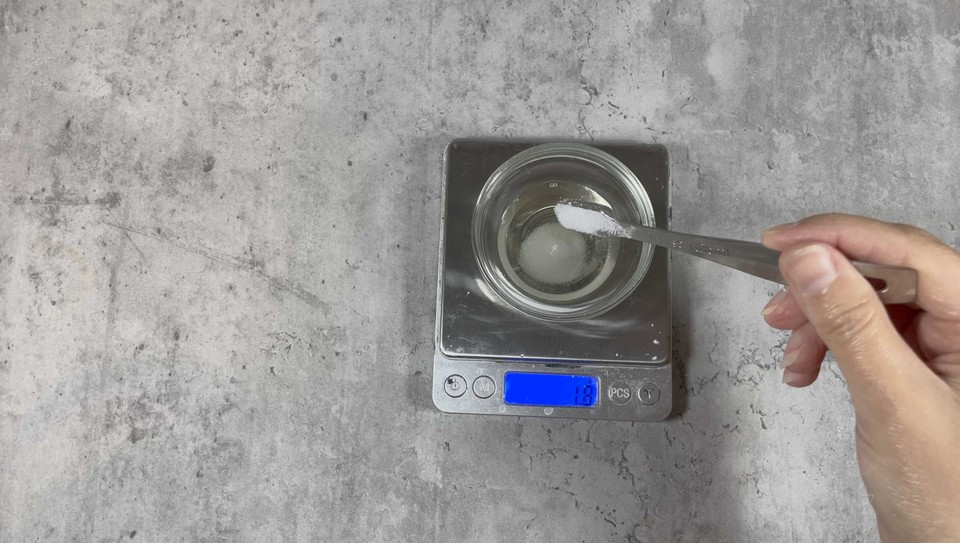
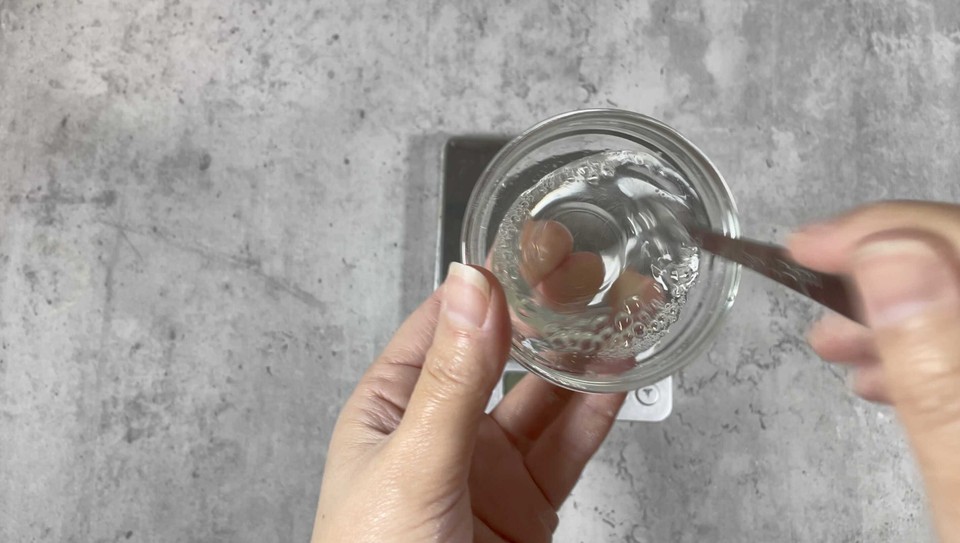
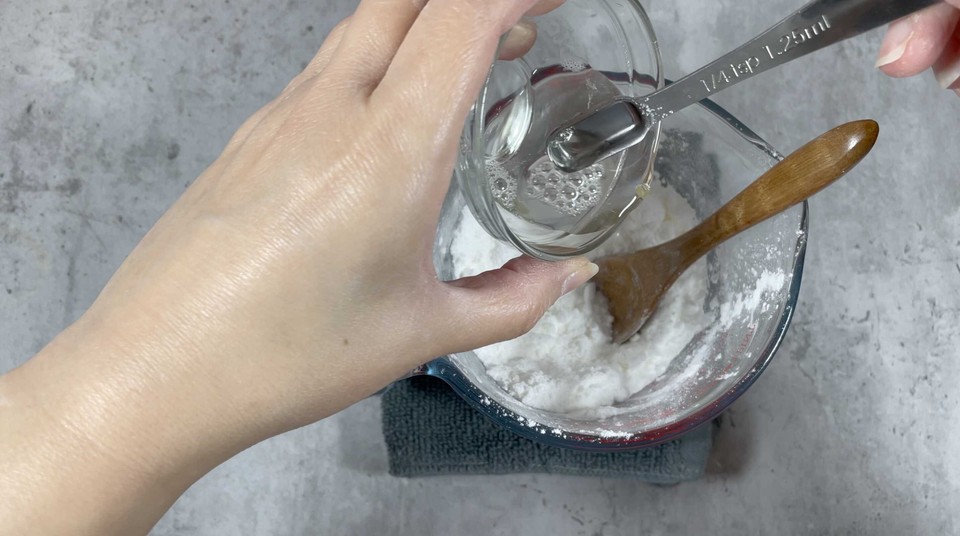
- Place the beaker in a double boiler (water bath) on a medium heat until a paste is formed.
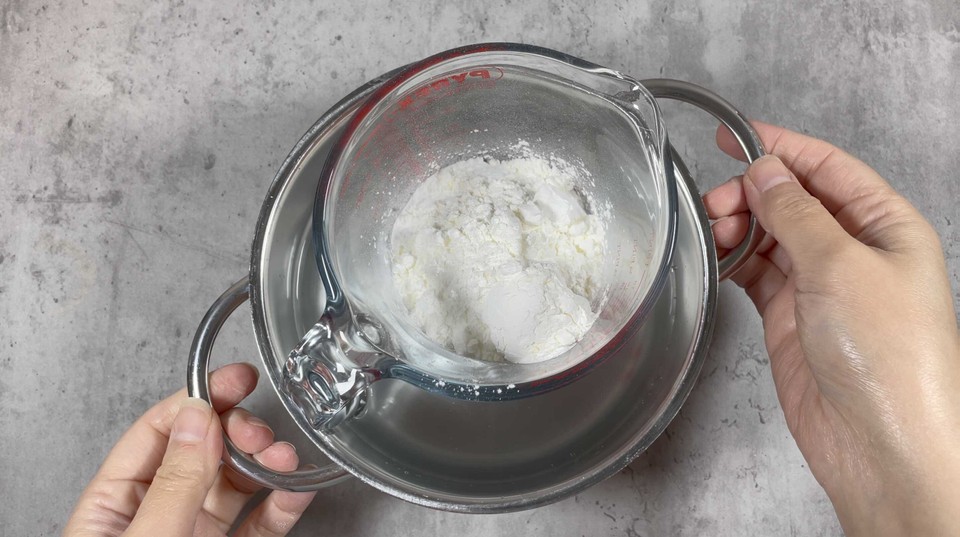
- Remove the beaker from the heat and mix well.
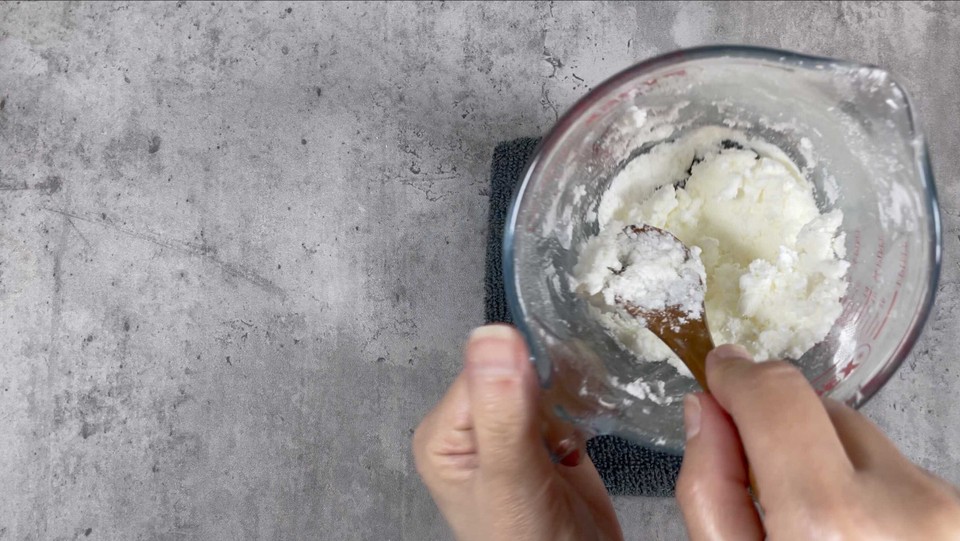
- In a different container measure ingredients from phase C, add phase C to the beaker with phase A and B and mix to combine.
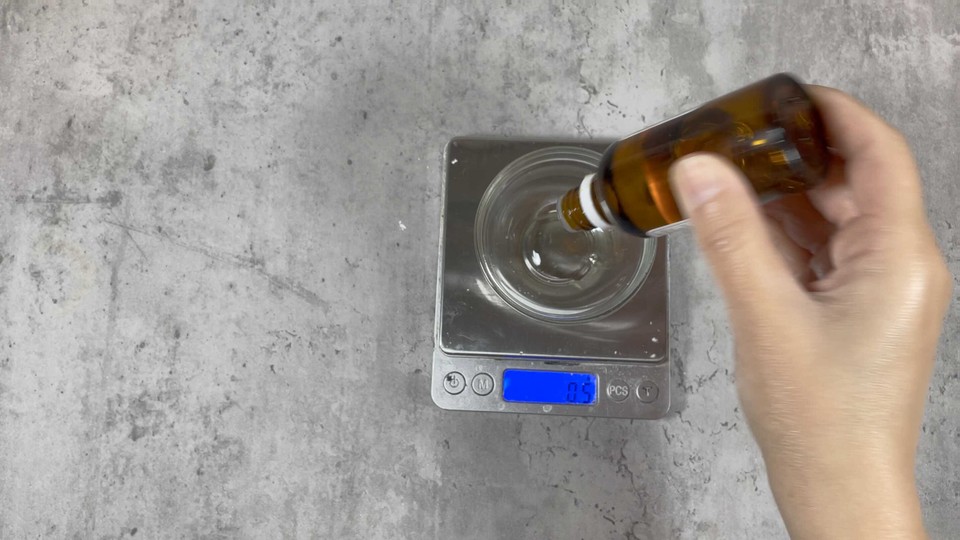

- Now you can shape the bar with your hands or place it into a mold. Once in the mold leave it to set for 24 hours or place in the fridge for 2-3 hours until the bar is hard and set.
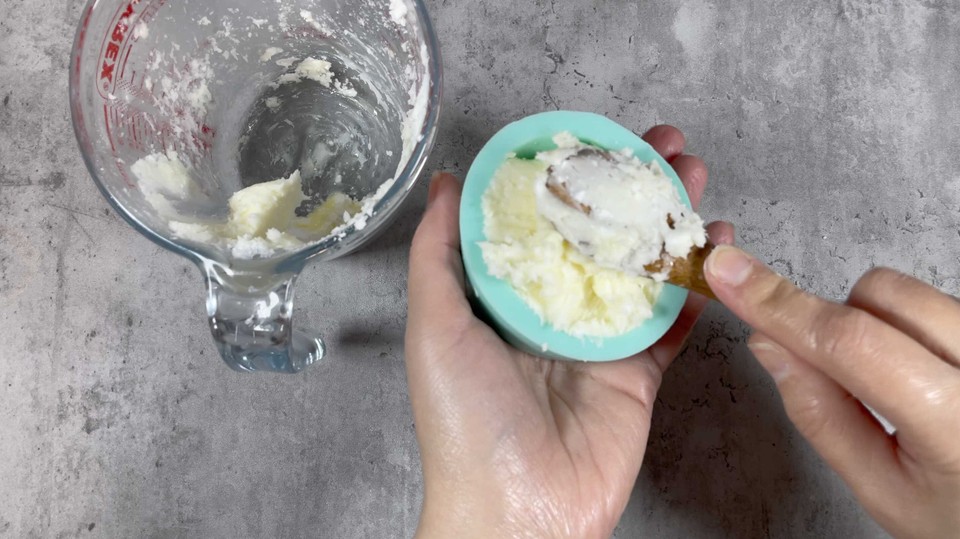
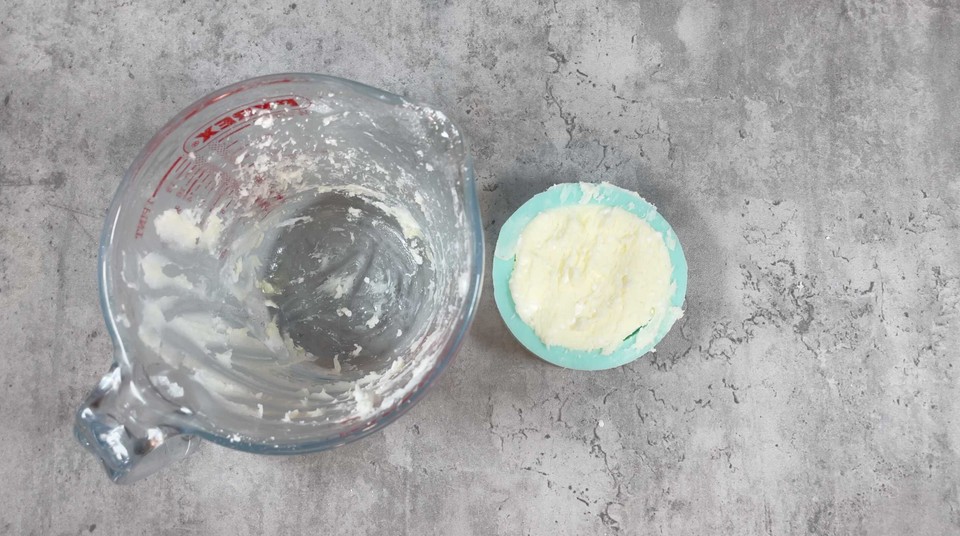
- Unmold and your shampoo bar is ready.
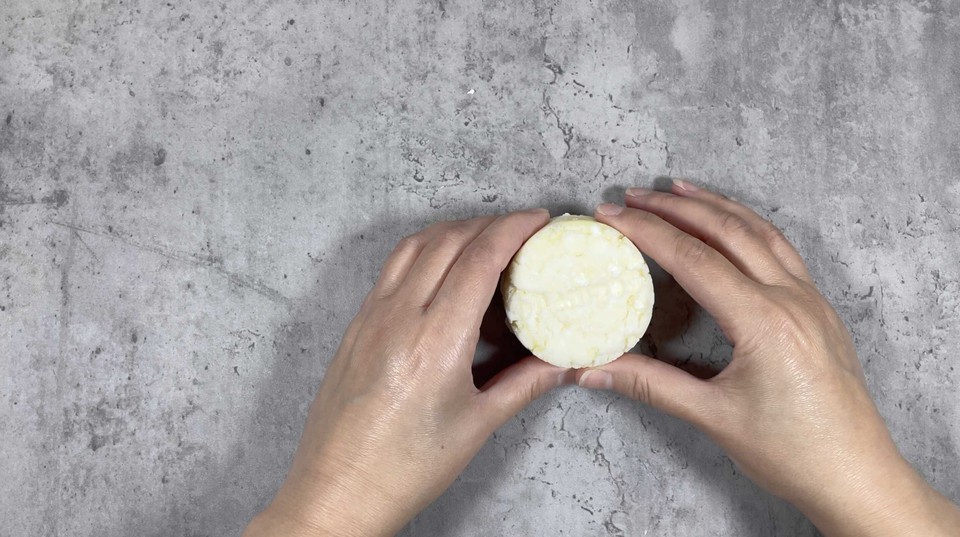
- To check the PH level, take a piece from your bar, measure 1g of shampoo bar and add 9g of water, mix well and check the PH level. Once your bar is set you can no longer adjust the PH level. Please check this post regarding adjustment to PH level.

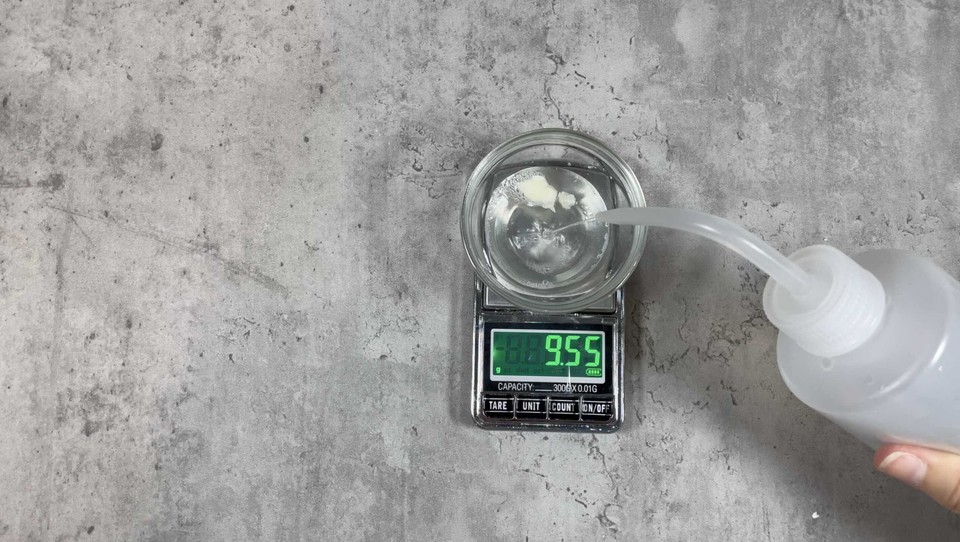
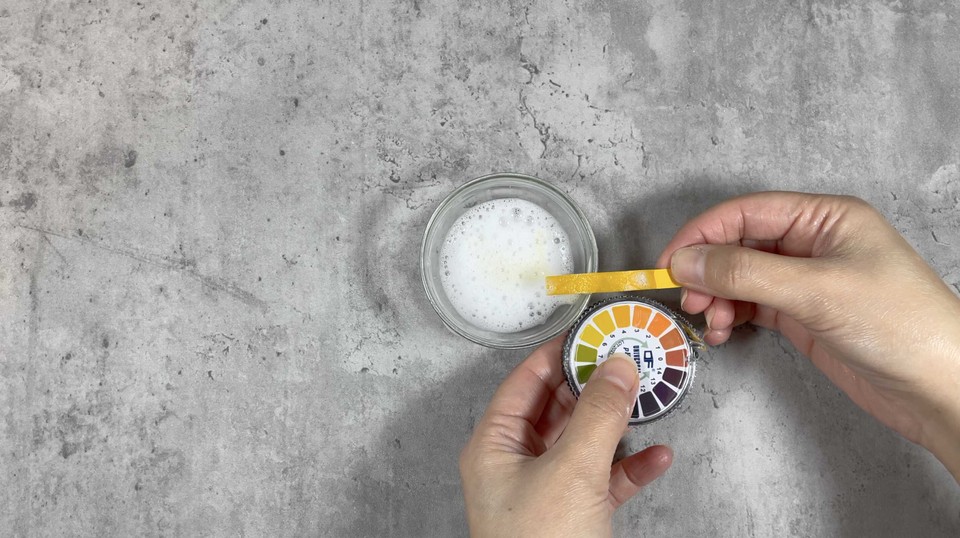
I hope this information will help you to create your own shampoo bar, and next is a hair mask or hair conditioner, check out this hair mask recipe.
